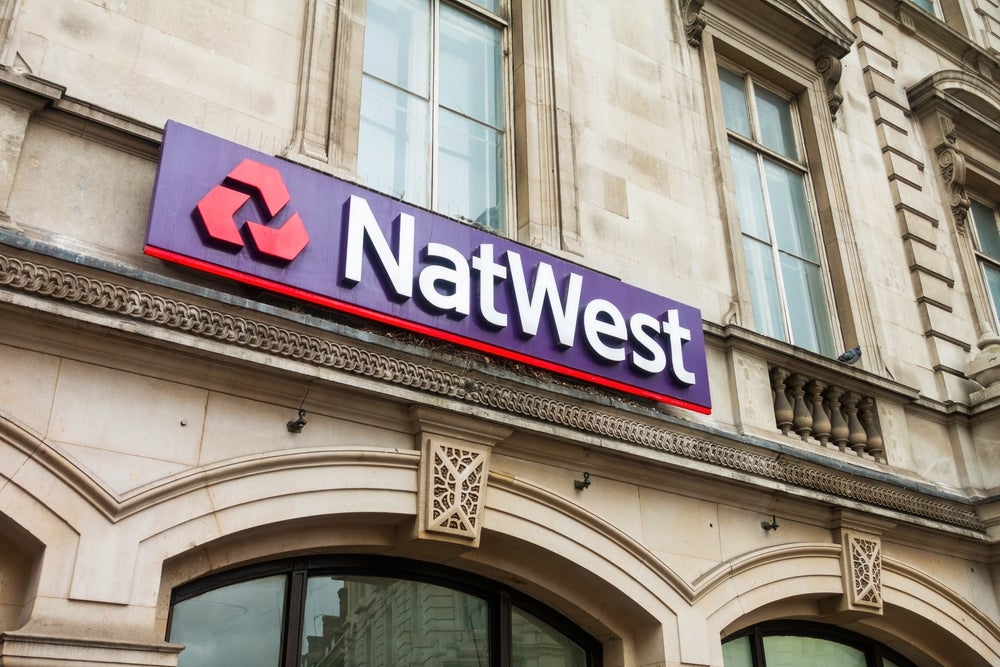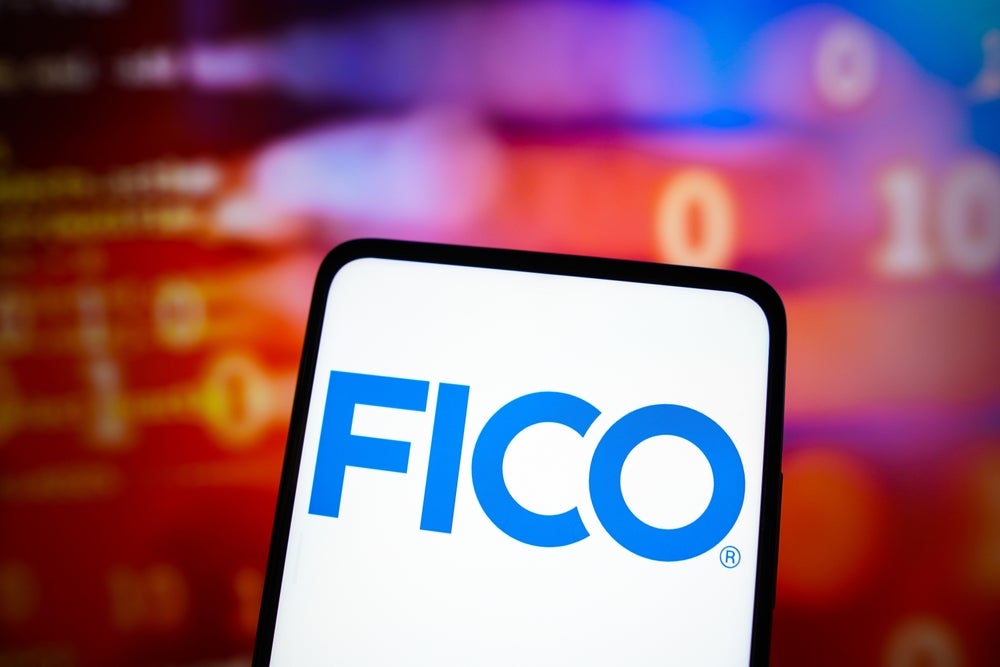Many consumers continue to come into branch for financial management advice. However, there is a growing demand for tools to help customers maintain control over their money wherever they are and it’s not just banks that are stepping into this space, report Ellie Chambers and Valentina Romeo
Although some banks and companies have offered similar services for around a decade, personal financial management (PFM) tools seem to be springing up everywhere, now more than ever. This years’ FinovateEurope was packed with companies pitching PFM products and three of them took best in show.
Although PFM tools seem a natural extension of banking services, banks are surprisingly few and far between in the forefront of this worldwide movement.
A 2013 bank shopper snapshot survey by US firm Novarica found that shows that 23% of banking customers use services or software that are separate from their current financial institution, while only 11% of them use tools provided on their institution’s website.
The reluctance to engage in bank-backed PFM tools does not seem to be the problem – in the same survey, 40% of PFM users expressed interest in having the tools made available by their banks.
A survey by Novarica last year showed that it is not just the younger generation who are interested in financial management software, with interest spread relatively evenly across the generations.
How well do you really know your competitors?
Access the most comprehensive Company Profiles on the market, powered by GlobalData. Save hours of research. Gain competitive edge.

Thank you!
Your download email will arrive shortly
Not ready to buy yet? Download a free sample
We are confident about the unique quality of our Company Profiles. However, we want you to make the most beneficial decision for your business, so we offer a free sample that you can download by submitting the below form
By GlobalDataWho are the banks offering PFM tools?
Traditional players that have exploited the opportunities offered by PFM to some extent include Lloyds and Yorkshire Building Society in the UK and Wells Fargo in the US. Italy’s Fineco, a wholly owned subsidiary of UniCredit, also offers the service.
In many cases, such as with Lloyds’ offering, Money Manager, customers have to opt in before they have access to the service, limiting customer awareness of the tool.
This is not the case with San Francisco headquartered Wells Fargo, an early bank entrant to PFM, developing and introducing its first offering in 2005.
Its current product was launched at the end of 2010. An automatic feature of online banking, MyMoneyMap helps customers track spending, establish short and long-term goals and budgets, and monitor savings.
The bank has even created a platform which enables users to actually learn about finance and defines the steps they need to take to reach financial goals.
In December 2012, Wells Fargo’s Digital Channels Group launched My Financial Guide, an online resource with 110 shareable online articles, videos and resources to help consumers assess, plan and monitor their financial lives.
"Users feel it helped them assess their current situation, learn as needed from the articles provided, apply their learning with tools, create a plan, find the right products, and track progress," a spokesperson for the bank tells RBI.
The bank adds: "Throughout 2013, Wells Fargo will continue to add new content, and complement the user experience by building connections to tools like My Retirement Plan, My Credit Options Guide, and other assets that help customers assess their needs."
Similarly to Wells Fargo’s offering and aims, a European digital bank that has actively engaged in PFM is Fineco, the online-only bank that is part of Italy’s Unicredit group.
Fineco’s PFM, MoneyMap, is a tool that registers everything customers do with their Fineco accounts and represents every financial movement in a digital map.
A special algorithm categorises the type of expense, whether taxes, bills and it is then mapped and classified.
The intelligent mapping service also studies purchase behaviour and proposes provisional budgets to clients for the following months and year.
Fineco says MoneyMap is the first tool of its kind in the Italian market.
Paolo Di Grazia, head of direct banking at Fineco, says: "The feedback we have received has been extremely enthusiastic.
"This service really shakes up the use of the current account in a positive way, and allows the account to ‘talk’ and show where to intervene to change the expenses’ behaviour of clients."
Di Grazia goes on to say that it is banks that should be providing this kind of service, but few seem to have caught on as quickly as Fineco.
"To make the best out of PFM tools, it is necessary for a bank or a provider to build them so that clients would experience a real benefit in terms of simplification of their own financial management activities.
"The PFM services related to family balance sheets will be the new frontier to play the mobile banking game in the next years.
"The banks that don’t understand this and guarantee the availability of the tool won’t have an easy life ahead."
Ambivalence from banks
According to a recent study by Javelin, consumers say that they want their banks to pull information for more than one place, with 50% expressing a desire for account aggregation features so that they can view all their finances at once regardless of whether different accounts are with different banks.
This is where many PFM tools that operate independently from banks have the advantage – while banks are reluctant to help consumers manage finances that they have chosen not to house with that specific financial institution, PFM start ups have no such qualms.
Erik Driesson, CEO of PFM provider The Moneyer, recognises this problem well. He says: "For these tools to actually work within the context of a financial institution, these organisations need to open up.
"Most current PFM implementations at financial institutions only allow aggregation of products you have at this financial institution.
"In a few cases they are open to products from competitors but aggregating these "foreign" products is often made very cumbersome.
"This really renders PFM worthless, as PFM only truly adds value when the user can easily aggregate all of his financial data."
Driesson goes on to say that many of the competitors in The Moneyer’s home market of the Netherlands suffer as a result of this.
"In our home market there are several PFM offerings, many of which are provided by financial institutions. These platforms do suffer from the often chosen "silo approach" where people can only integrate financial products from the supplier of the PFM solution."
A powerful position
This ambivalence from banks towards PFM tools, especially when it comes to aggregating financial data from competitor banks, puts companies like The Moneyer in a powerful position.
Driesson says The Moneyer has white-labelled its solution and has active partnerships with firms including Microsoft aimed at offering the software to financial institutions.
It is also actively seeking partners in the UK and Germany with a view to launching there.
Another PFM provider that is looking at working with banks is YourWealth, recent winner of best in show at Finovate Europe.
Toby Hughes, CEO at YourWealth, says: "YourWealth can be used independently or it can be co-branded by a financial advisor firm. There are two sides to the strategy.
"We want to work closely with banks, or building society, so credit unions to work with their clients too, and so financial organisations and life insurance companies.
"We are working with 12 organisations at the moment, and we are accelerating to reach 100. This is on the UK market, but obviously we are open to conversations.
"It is very easy for firms to integrate with what we are doing; it costs very little for them to do it."
Meanwhile, over in the US, Utah-based MoneyDesktop’s partners number in the hundreds.
Brett Allred, VP marketing at MoneyDesktop says: "We have already signed more than 400 financial institutions to use PFM tools and that number is growing every week."
As testament to the popularity of those PFM tools that exist outside the infrastructure of banks, Toshl, another winner of best in show at Finovate, has an almost global following.
Toshl CEO Matic Bitenc says: "We have 1.6m registered users worldwide. About a quarter of them come from the United States, followed by 15% from China, 8.5% from the UK, then Brazil, Russia etc.
"We have a very long tail of users from practically every corner of the world and we love the diversity of Toshl users. That the app is translated into more than 30 languages with the voluntary translations from our community helps a great deal."
Bitenc even thinks PFM tools could largely replace human replace financial advisors.
"They could be an alternative in the vast majority of cases. A human financial planner is in my opinion only necessary in the most dire or the most complicated cases of financial mismanagement."
Brand identity
Banks, credit unions and building societies may think that they have the upper hand at least when it comes to brand awareness. When faced with the choice of whether to use PFM tools at their primary financial institution or a relatively unknown start up, it seems a no-brainer that consumers will go to their bank.
But many of the companies offering PFM tools independently of banks are no longer unknown and have a strong brand identity.
California-based Mint.com has been building a strong brand since 2005 and now has 205,000 Twitter followers, over twice that of Wells Fargo, currently the largest bank in the US by market value.
Toshl’s users also display a fierce loyalty to the service, according to Bitenc, even happily wearing the free t-shirts they receive on signing up for three years on the paid-for version of the service.
Bitenc says: "As per the usual Toshl manner, we made it fun and quirky and from what we see, the Toshl users love to wear them."
It’s hard to think of a bank you could say the same of, no matter how eye catching their branding.
A stark choice
Currently, traditional providers leave a lot to be desired in their approach to personal financial management.
Even those banks that are committed to providing tools that give customers an interactive overview of their financial situation are limited by their inability to show the whole picture, as the tools will only pull data from accounts held with that particular institution.
According to Bain’s global edition of its 2013 report, Consumer Loyalty in Retail Banking, 35% of new financial product sales go to an institution other than a consumer’s primary provider.
In light of this, PFM tools that aggregate the products held at just one bank will be meaningless to many consumers.
Banks have a choice – either open themselves up so users can aggregate all their financial data, settle for partnering with companies like The Moneyer and MoneyDesktop, or lose this key opportunity to engage with consumers.
.







